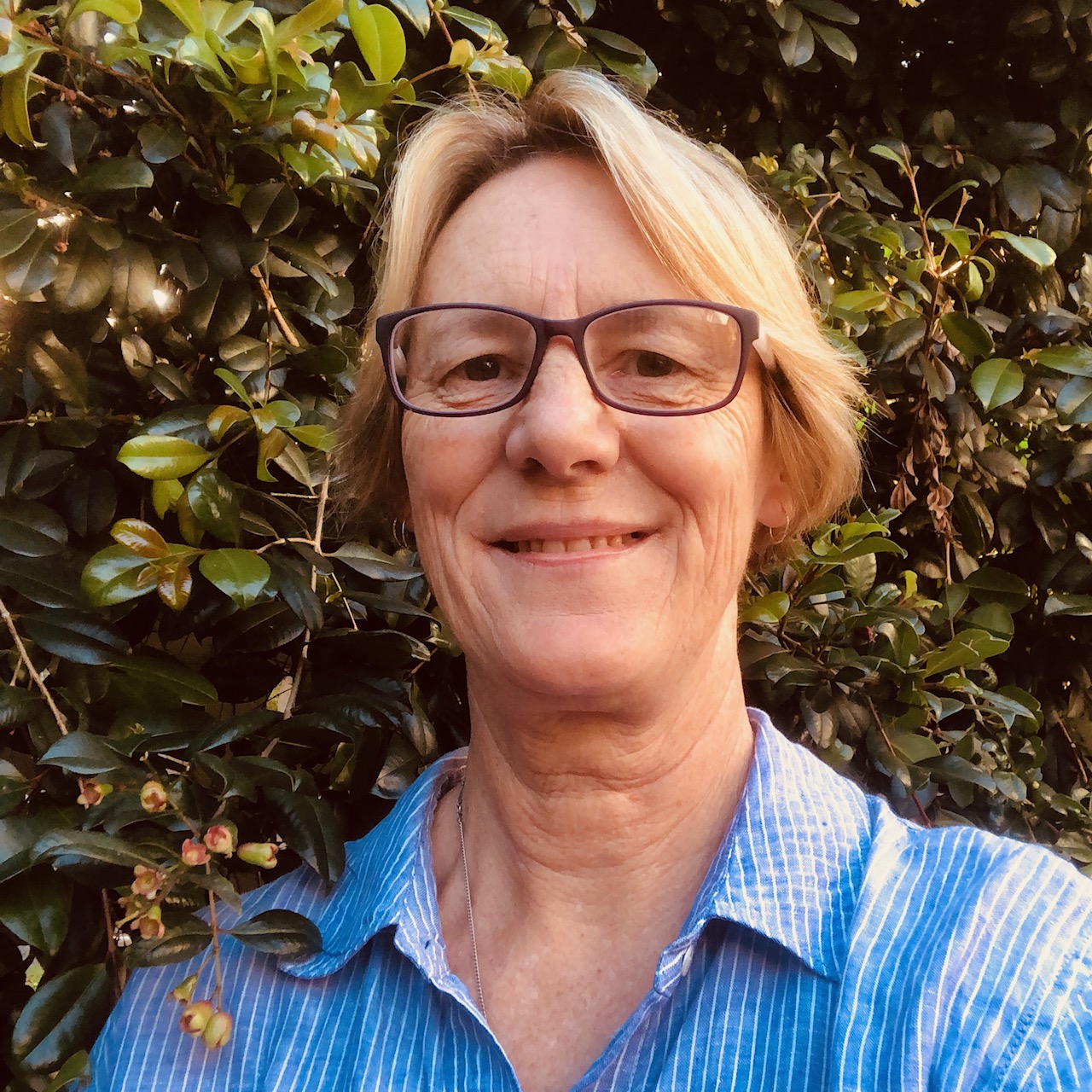FOGO myth #1: FOGO contamination is too high and prevents good quality compost

By Virginia Brunton, MRA Consulting Group
Background
FOGO is being rolled out across Australia. It is rightly here to stay.
- Organics in landfill produce methane – a highly potent greenhouse gas; 28 times more climate forcing than CO2.
- We have Commonwealth and State based Net Zero strategies and targets that direct organics out of landfill.
But there is a small but influential view, most recently circulated by a Sydney Mayor, that compost made from FOGO will not be saleable due to contamination.
Is contamination a problem in FOGO?
Contamination in kerbside collection systems cannot, and will not, be zero.
However, the national average contamination of FOGO is only 2%.
(The national average contamination in yellow bin recycling is 11%.)
The most recent report analysing data from 55 FOGO audits across NSW found average contamination of 2.2% with up to 92% of bins having no contamination at all. This includes metro councils[1].
So, contamination is a problem, but it is entirely manageable.
Managing it is a shared responsibility of both councils and processors. Councils must act on education and markets, whilst processors must apply best practice technology and systems to remove any contamination.
This shared responsibility is mainly delivered through the contract.
Best practice contracts now include:
- A stated council commitment to education and a $ contribution from both council and contractor:
- Education of householders directly reduces contamination. The more spent on education the less council will need to spend on gate fees.
- A sliding scale of composter gate fees:
- To recognise the increased costs of contamination on processing, loss of material and disposal to landfill. This ensures that both parties have strong incentives to reduce contamination.
- A stated minimum quality standard for the output composts:
- This ensures that all tenderers apply the same equipment and costs to achieve the required output. Currently AS4454 allows for 0.5% physical contamination. (See below discussion on whether this is good enough).
- Agreed buy-back arrangements for council to buy compost:
- This helps to de-risk the contract in relation to the sales and marketing for the output materials.
Has the move from GO to FOGO increased contamination?
There is no evidence that the move from monthly Garden Organics (GO) to weekly FOGO has created any poorer compost quality.
Yes, average bin contamination has increased slightly from 0.5% to 2% but composters are still able to manufacture composts that comply to the AS4454 standard by installing good equipment and processes.
The key is to price contamination into the composting facility and set minimum standards on the quality of compost out.
It is just a myth that composters are unable to produce quality compost from FOGO. It needs to be called out and rejected.
Composters are already putting more than 7.5 MT of quality compost from FOGO onto farms, parkland and playing fields across Australia, every year.
Future quality
To further improve the minimum quality standard of compost, MRA helped to develop the Local Government Best Practice Standard. This further reduces the allowable physical contamination in compost from 0.5% to 0.25% or half the AS4454 standard. This will help to ensure that agricultural markets are sustainable, and our composts meet the needs of farmers.
Conclusions
Creating a Circular Economy for Organics means:
- Establishing household FOGO everywhere; expanding it to Commercial generators asap (COFO); and in doing so recovering an additional 3 MT from landfill into compost;
- Reducing contamination to manageable levels via education and pricing;
- Ensuring that FOGO contracts build in shared risk for contamination management; and
- Setting minimum compost standards in the contract and enforcing them.
The idea that modern composting technology including optical sorting, cannot handle 2-3% contamination is just wrong. Our composters are world’s best.
We must call out the myth-makers and get on with creating a circular economy for organics by expanding FOGO rapidly and getting organics out of landfill. Reducing emissions while at the same time providing nutrient rich compost to our farms is a no-brainer.
[1] Ref: Rawtec 2023 Analysis of NSW Food and Garden Bin Audit data. August 2023.
Virginia is the Principal Consultant of the Organics & Education team at MRA Consulting Group.
This article has been published by the following media outlets:




